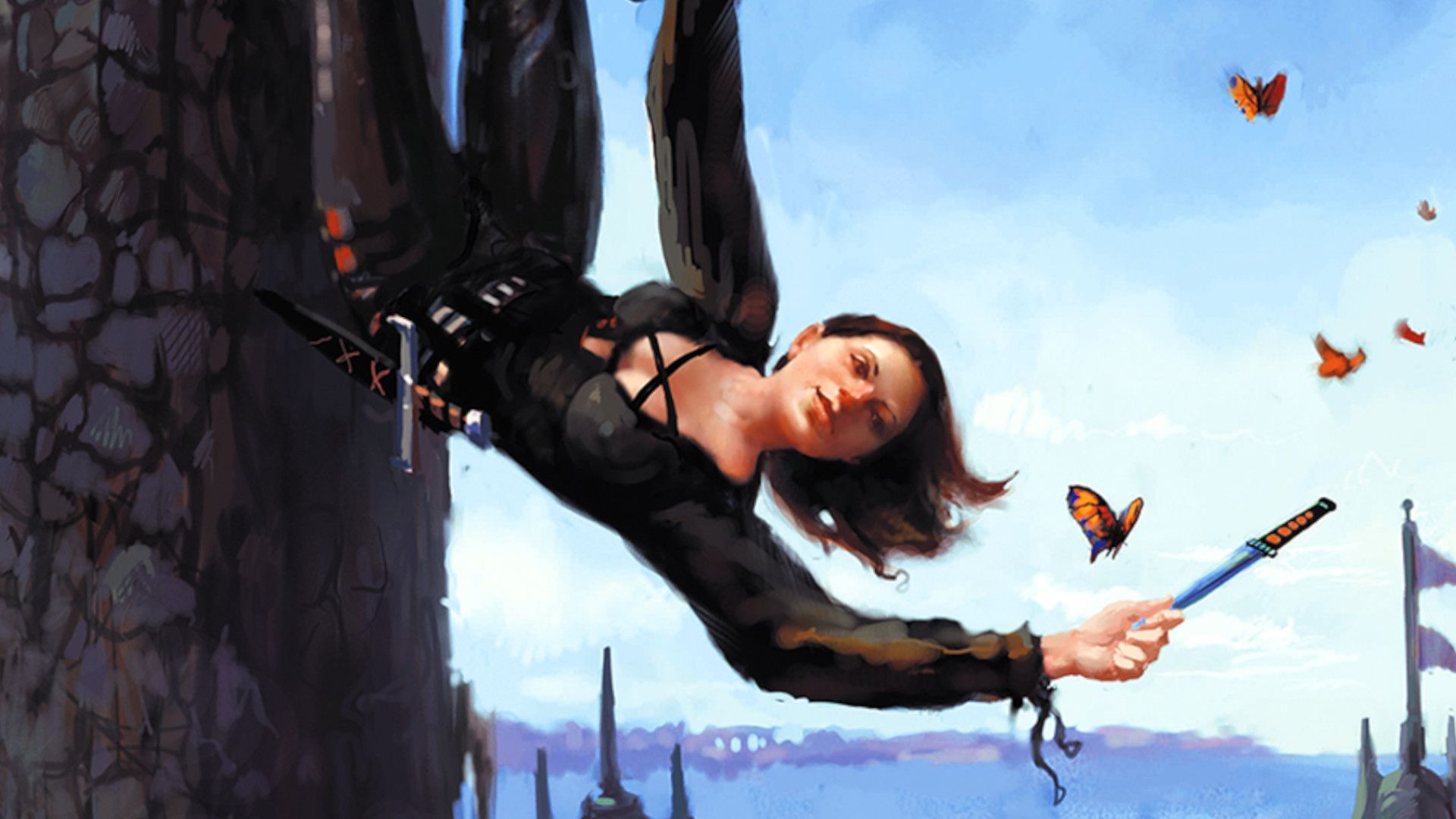“This is going to be horrible”: BioWare’s classic D&D RPG Baldur’s Gate 2 looked like a “hacked-up monstrosity that was still full of bugs” as the devs crunched to get it finished in time for launch

While crunch seems to be less of an issue at major studios these days – whether because of genuine improvements to working practices, outsourcing, or simply good PR – it sometimes feels like just about every classic game of past generations was built out of downright inhumane work schedules. BioWare’s classic D&D RPG Baldur’s Gate 2 is no exception.
The first Baldur’s Gate, which was published by Interplay Entertainment, had been a massive hit, well ahead of any internal expectations. Naturally, that meant that BioWare was soon at work on a sequel. Baldur’s Gate 2: Shadows of Amn aimed to be bigger and better than its predecessor, with a massive scope encompassing well over 100 hours of gameplay. Of course, planning a game of that scale and actually finishing it in a reasonable time are two very different things.
“I went to Brian [Fargo, Interplay CEO] about six months before BG 2 was supposed to come out and asked him, ‘so how important is it that BG 2 ships for Christmas this year (2000)?” Feargus Urquhart, who oversaw Baldur’s Gate 2’s development as part of Interplay division Black Isle, tells our friends at PC Gamer. “He said, ‘Well, we might not all have jobs next year if it doesn’t.’ My response was, ‘Ok, well I guess I’m spending a lot of time in Edmonton over the next six months!'”
At BioWare’s Edmonton office, Urquhart set up a bunch of whiteboards detailing the game’s quests, with two spots to mark the quest’s readiness for release. “The first was the designer says the quest is done and ready to test, the second was QA says the quest has been tested and has no bugs. If QA found a bug, they would put the X back under the designer column,” Urquhart says.
With the deadline looming, quests started getting cut, including some that the devs hated to part with. “There was this spider cult quest, and we got rid of the entire thing,” designer and writer David Gaider says. “There was a bit of uproar because everybody loved it so much.”
“The crunch at the time was brutal,” according to designer and writer Lukas Kristjanson. The company was bringing in Domino’s Pizza for dinner every night, which ultimately created a sort of rebellion from the team – I guess there’s only so much cheap pizza you can endure one day after another. The studio then upgraded to Thai food.
“Suddenly the game felt like this hacked-up monstrosity that was still full of bugs,” according to Gaider. “By the time it shipped, I think everybody on the team was like, ‘This is going to be horrible.'” Obviously, that wasn’t what ended up happening. The game got glowing reviews, and is still regarded as one of the best BioWare games ever. But we’ve still got to reconcile the quality of the classics with the conditions they were often made in.